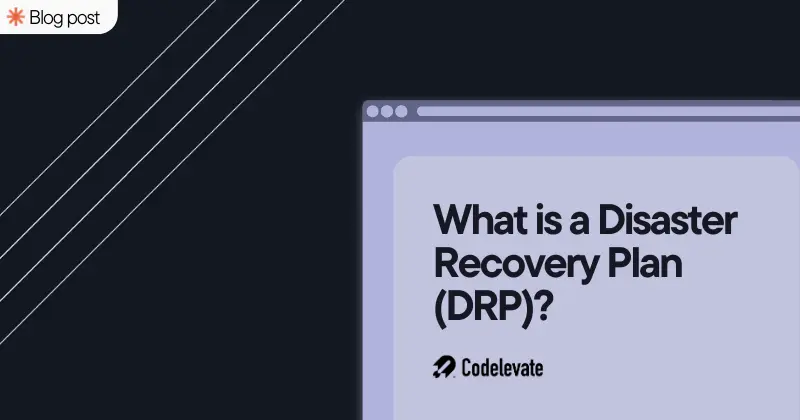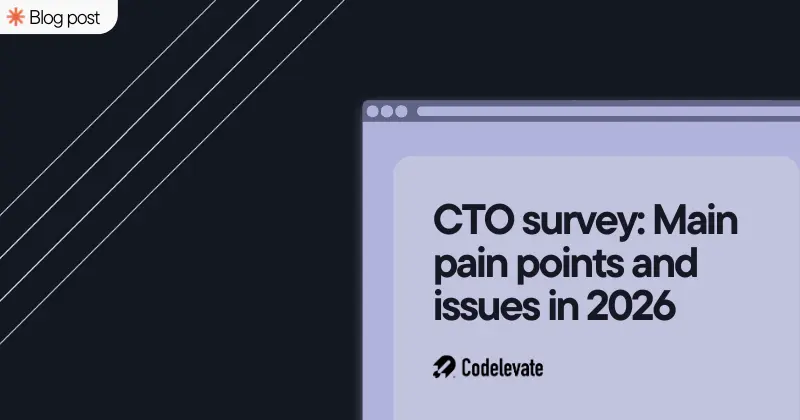How to build a marketplace using Webflow and Rowy.io?
In the dynamic landscape of online marketplaces, creating a platform that seamlessly connects buyers and sellers requires a robust and efficient technological foundation. In this article, we will explore the powerful combination of Webflow and Rowy.io, showcasing how their unique capabilities can be harnessed to build a successful two-sided marketplace.
What is Webflow?
Webflow is a cutting-edge web design and development platform that empowers users to create visually stunning and responsive websites without the need for extensive coding expertise. Its intuitive drag-and-drop interface allows for the seamless construction of intricate web pages, making it an ideal solution for those who seek a balance between design flexibility and technical efficiency.
In the context of building a two-sided marketplace, Webflow proves indispensable for crafting the front-end elements of user interfaces and ensuring an engaging and intuitive experience for platform users. Additionally, Webflow's logic capabilities are harnessed for user authorization and login processes, providing a secure foundation for user interactions. It becomes the canvas upon which the user interacts with the platform, facilitating the creation of dynamic pages and the incorporation of sophisticated features critical to the success of a marketplace.
What is Rowy?
Rowy.io is a transformative data management platform that redefines the way teams collaborate on and manage data. At its core, Rowy functions as a real-time, collaborative, and spreadsheet-like database, facilitating efficient data handling and enhancing teamwork. Its user-friendly interface allows for seamless collaboration, enabling multiple team members to work on the same data concurrently.
In the context of building a two-sided marketplace, Rowy serves as the backbone of the back-end infrastructure. It is utilized as the single source of truth for storing and managing crucial data such as user accounts, product listings, and transaction information. When a user interacts with the marketplace, data generated on the front-end through Webflow is automatically written to Rowy.io, ensuring consistency and accuracy in the database. Rowy.io's unique features, including scalable data collaboration, real-time updates, and secure access controls, make it an ideal choice for maintaining a dynamic and responsive database environment for the successful operation of a marketplace.
Two-Sided Marketplaces
Before diving into the technical aspects, let's outline the fundamental structure of a two-sided marketplace. Typically, such platforms consist of user-friendly features like user profiles, product listings, search functionalities, and secure authentication flows. A prime example of a successful marketplace is Airbnb, where hosts and guests seamlessly connect through the platform.
Webflow and Rowy in Action:
When constructing a two-sided marketplace, Webflow plays a pivotal role in handling the front-end elements. The user authorization and login processes are efficiently managed through Webflow Logic. Once a user creates an account, Webflow seamlessly communicates with Rowy via API, serving as the authoritative back-end database.
The process continues when a user adds a new listing to the marketplace. Webflow is employed to build the listing page, and the data is stored in Rowy. This interaction not only populates the Rowy database but also generates a Webflow CMS listing. To enhance the user experience, filters are implemented using Finsweet, ensuring users can easily navigate and find relevant listings. For added security, Firebase logic is utilized for guarded pages requiring authentication, and tools like Memberstack can be employed for gated content.

Why Rowy Over Airtable?
The decision to use Rowy over Airtable is rooted in scalability, data synchronization, storage capacity, and access control. While Airtable provides a collaborative data environment, Rowy surpasses it in scalability, ensuring seamless growth as your marketplace expands. Additionally, Rowy's ability to sync with production apps, ample storage, and granular access control make it a preferred choice.
Moreover, Rowy's integration with Firebase offers a streamlined experience for building applications quickly. The ability to write cloud functions in the browser and access serverless cloud functions adds a layer of flexibility and efficiency.
Summary:
In conclusion, the synergy between Webflow and Rowy provides a robust foundation for building a scalable two-sided marketplace. By leveraging the strengths of each platform, you can create a seamless user experience, efficient data management, and a secure authentication process.
If you're considering embarking on the journey of building a platform using Webflow and Rowy, feel free to reach out to us. We're here to help you turn your future platform vision into a reality.





.svg)




